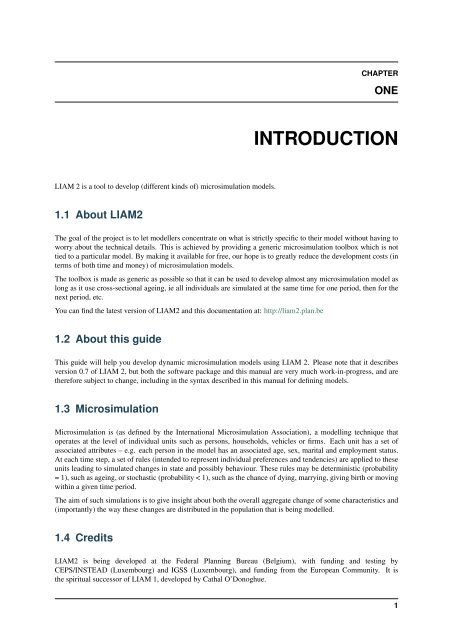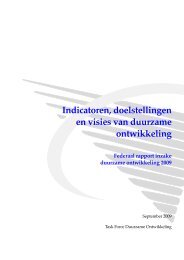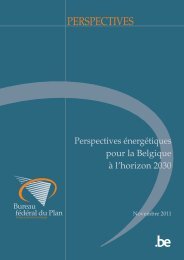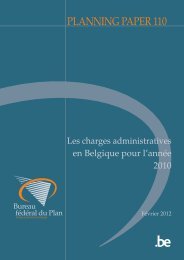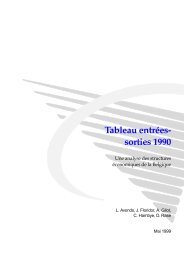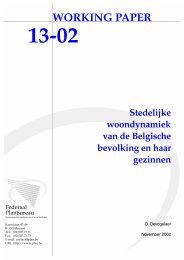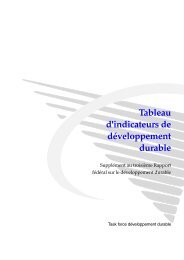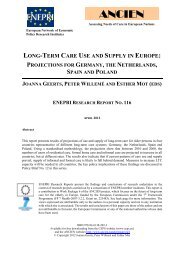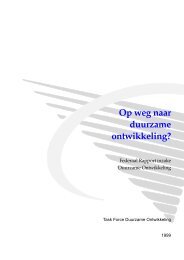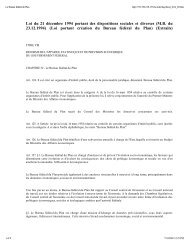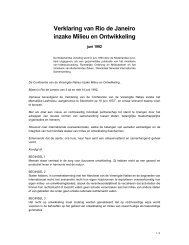LIAM 2 User Guide
LIAM 2 User Guide
LIAM 2 User Guide
You also want an ePaper? Increase the reach of your titles
YUMPU automatically turns print PDFs into web optimized ePapers that Google loves.
CHAPTERONEINTRODUCTION<strong>LIAM</strong> 2 is a tool to develop (different kinds of) microsimulation models.1.1 About <strong>LIAM</strong>2The goal of the project is to let modellers concentrate on what is strictly specific to their model without having toworry about the technical details. This is achieved by providing a generic microsimulation toolbox which is nottied to a particular model. By making it available for free, our hope is to greatly reduce the development costs (interms of both time and money) of microsimulation models.The toolbox is made as generic as possible so that it can be used to develop almost any microsimulation model aslong as it use cross-sectional ageing, ie all individuals are simulated at the same time for one period, then for thenext period, etc.You can find the latest version of <strong>LIAM</strong>2 and this documentation at: http://liam2.plan.be1.2 About this guideThis guide will help you develop dynamic microsimulation models using <strong>LIAM</strong> 2. Please note that it describesversion 0.7 of <strong>LIAM</strong> 2, but both the software package and this manual are very much work-in-progress, and aretherefore subject to change, including in the syntax described in this manual for defining models.1.3 MicrosimulationMicrosimulation is (as defined by the International Microsimulation Association), a modelling technique thatoperates at the level of individual units such as persons, households, vehicles or firms. Each unit has a set ofassociated attributes – e.g. each person in the model has an associated age, sex, marital and employment status.At each time step, a set of rules (intended to represent individual preferences and tendencies) are applied to theseunits leading to simulated changes in state and possibly behaviour. These rules may be deterministic (probability= 1), such as ageing, or stochastic (probability < 1), such as the chance of dying, marrying, giving birth or movingwithin a given time period.The aim of such simulations is to give insight about both the overall aggregate change of some characteristics and(importantly) the way these changes are distributed in the population that is being modelled.1.4 Credits<strong>LIAM</strong>2 is being developed at the Federal Planning Bureau (Belgium), with funding and testing byCEPS/INSTEAD (Luxembourg) and IGSS (Luxembourg), and funding from the European Community. It isthe spiritual successor of <strong>LIAM</strong> 1, developed by Cathal O’Donoghue.1


